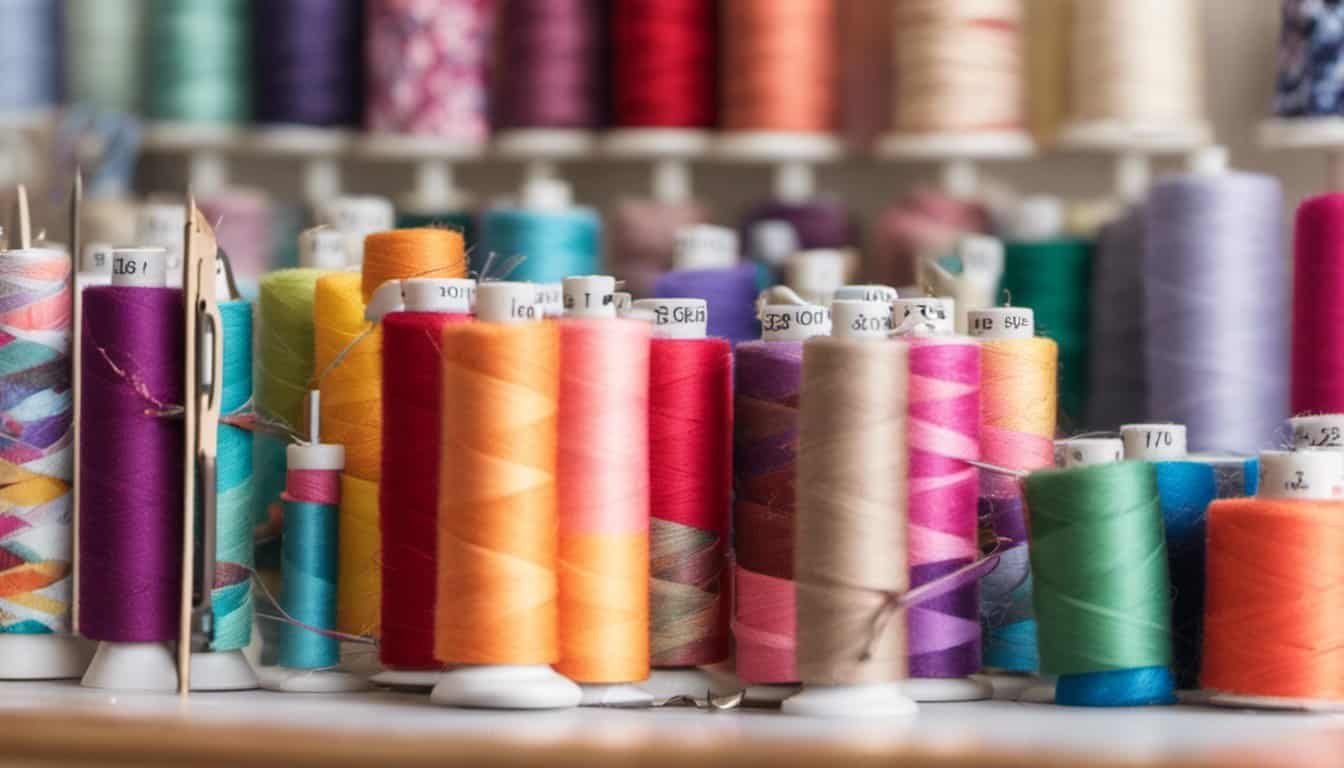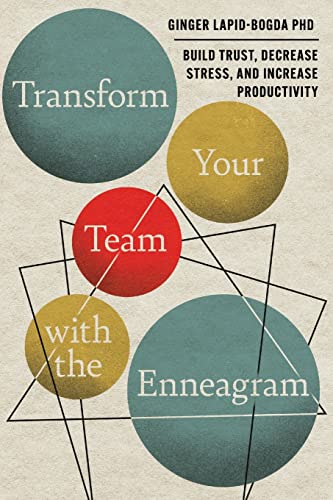Creating delicate lace designs might seem daunting, but with the right techniques, you can bring your vision to life. Whether you’re a seasoned sewer or just starting out, understanding the nuances of lace sewing can transform your projects into stunning works of art.
In this article, you’ll discover essential methods and tips that make sewing lace both enjoyable and achievable. From choosing the perfect fabric to mastering intricate stitches, we’ve got you covered every step of the way. Let’s dive into the graceful world of lace and elevate your sewing skills.
Types of Lace
Understanding the different types of lace helps you choose the best style for your sewing projects. Each type offers unique characteristics suited to various delicate designs.
Natural Lace
Natural lace is crafted from fibers like cotton, silk, or linen. It showcases intricate patterns hand-stitched or woven, providing an authentic, timeless look.
- Hand-Knitted Lace: Created using knitting needles, this lace features detailed motifs and soft textures.
- Crochet Lace: Made with a hook, it allows for versatile patterns and delicate finishes.
- Woven Lace: Produced on a loom, offering precise and uniform designs ideal for formal garments.
Natural lace is prized for its craftsmanship and unique imperfections, adding character to your creations.
Machine-Made Lace
Machine-made lace offers consistency and efficiency, perfect for projects requiring large quantities or uniform patterns.
- Bobbin Lace: Created using bobbins and a pillow, it mimics the look of hand-made lace with speed.
- Needle Lace: Produced by specialized machines, it replicates the fine details of traditional needle lace.
- Stretch Lace: Engineered with elastic fibers, it provides flexibility and durability for activewear or fitted garments.
Machine-made lace is ideal for achieving intricate designs quickly, maintaining quality across multiple pieces.
Essential Tools and Materials
To achieve delicate lace designs, you need specific tools and materials tailored for precision and finesse.
Selecting the Right Needles
Choose needles that prevent fabric damage and ensure smooth stitching. Sharp or microtex needles suit natural lace like cotton and silk. Ballpoint needles work best for stretch lace fabrics such as spandex and nylon. Ensure needle size matches thread weight; typically, sizes 60/8 to 80/12 are ideal for fine lace projects.
Choosing Appropriate Threads
Select threads that complement lace’s intricate patterns and fabric types. Cotton threads offer a natural finish for breathable fabrics, while silk threads provide strength and sheen for luxurious laces. For machine sewing, use polyester threads due to their durability and elasticity. Ensure thread weight ranges from 30 to 50 weight for optimal balance and prevent puckering in delicate designs.
Sewing Techniques
Mastering sewing techniques enhances your ability to create intricate lace designs.
Hand Sewing Methods
Hand sewing offers control for delicate lace projects. Use the following methods:
- Backstitch: Provides strong, durable seams ideal for fabric edges.
- Satin Stitch: Fills gaps smoothly, perfect for embellishments.
- French Knot: Adds texture and detail to your designs.
- Chain Stitch: Creates flexible, decorative lines suitable for patterns.
Maintain consistent tension to prevent puckering. Choose fine needles and lightweight threads for precision.
Machine Sewing Tips
Machine sewing speeds up lace creation with efficiency and consistency. Implement these tips:

- Use a Stretch Stitch: Accommodates the flexibility of lace materials.
- Adjust Tension Settings: Prevents thread breakage and fabric distortion.
- Stabilize Fabric: Apply tear-away or water-soluble stabilizers to support delicate lace.
- Select a Microtex Needle: Ensures smooth stitching without damaging the lace.
Regularly clean and oil your machine to maintain smooth operation. Test settings on scraps before starting your project.
Common Challenges
Creating delicate lace designs involves overcoming specific obstacles. Addressing these challenges ensures your projects turn out beautifully.
Preventing Snags and Tears
Snags and tears can compromise your lace projects. To minimize these issues:
- Use Sharp Tools: Employ sharp scissors and precise needles like microtex to prevent accidental pulls.
- Handle with Care: Avoid excessive pulling. Gently manipulate the fabric to keep threads intact.
- Stabilize Fabric: Apply a light stabilizer or interfacing to support delicate lace during sewing.
- Proper Storage: Store lace flat or rolled to prevent stretching and tangling, reducing the risk of tears.
Maintaining Lace Integrity
- Choose Suitable Threads: Use fine threads (weight 30-50) that complement the lace without overpowering it.
- Consistent Tension: Maintain even tension while sewing to avoid puckering or distortion of patterns.
- Protect During Ironing: Use a pressing cloth and low heat settings to prevent melting or weakening fibers.
- Gentle Cleaning: Hand wash or use delicate machine cycles with mild detergents to maintain fiber strength and pattern clarity.
Creative Applications
Explore how delicate lace designs enhance various projects with these creative applications.
Bridal Wear
In bridal wear, lace adds elegance and timeless beauty. Integrate lace into wedding dresses by:
- Bodices: Use pattern or guipure lace for intricate detailing.
- Veils: Opt for sheer lace to complement the gown.
- Accessories: Incorporate lace into headpieces, sashes, and gloves for a cohesive look.
- Undergarments: Select lace trims for seamless and comfortable undergarments.
Home Decor
- Curtains: Choose lightweight lace for airy window treatments.
- Table Linens: Enhance tablecloths, napkins, and runners with lace edges.
- Cushions: Add lace covers or inserts to decorative pillows.
- Wall Art: Frame vintage lace pieces or create lace-patterned wall hangings.
- Upholstery: Incorporate lace on furniture accents for a soft, elegant touch.
Conclusion
« Master Sewing Traditional European Lace: 7 Expert Tips You Need to Know
10 Secrets to Hosting the Perfect Sewing Party at Home Everyone Will Love »
Embracing lace sewing lets you create beautiful and intricate designs that showcase your creativity. With the right tools and techniques at your fingertips you can bring your delicate visions to life. Whether you’re working on a special bridal piece or adding elegant touches to your home decor lace offers endless possibilities to enhance your projects.
Keep experimenting with different types of lace and methods to find what works best for you. Every stitch you make builds your confidence and skill bringing your unique style to each creation. Enjoy the process and the timeless beauty that lace adds to your sewing endeavors

















